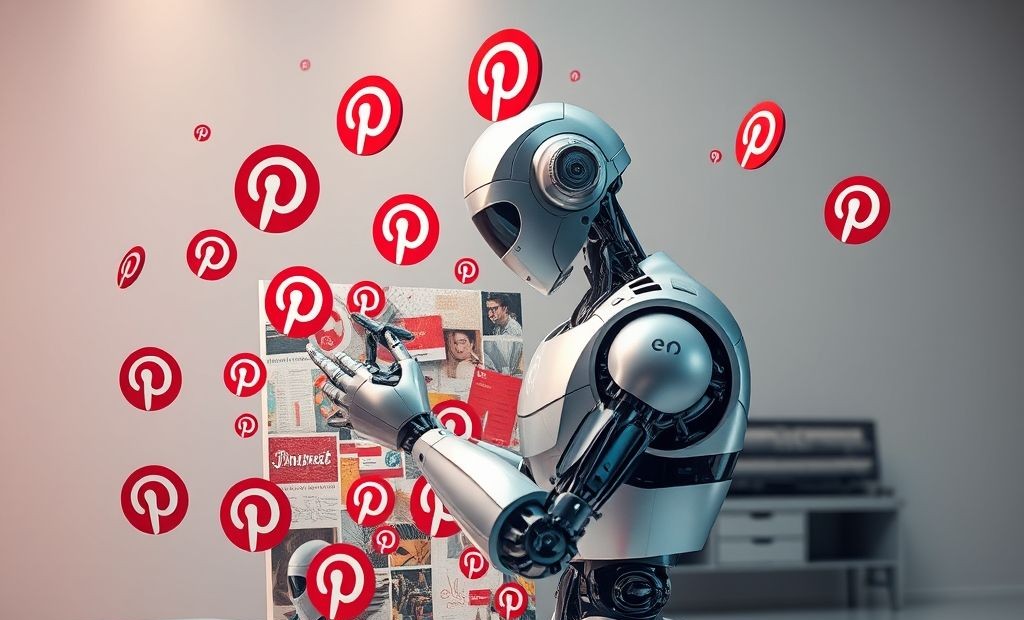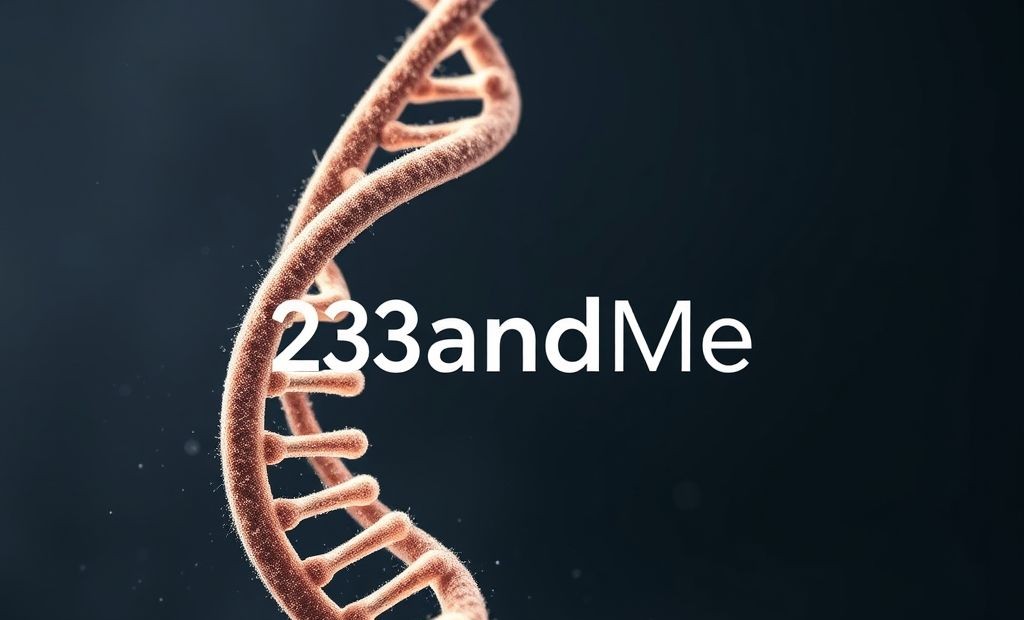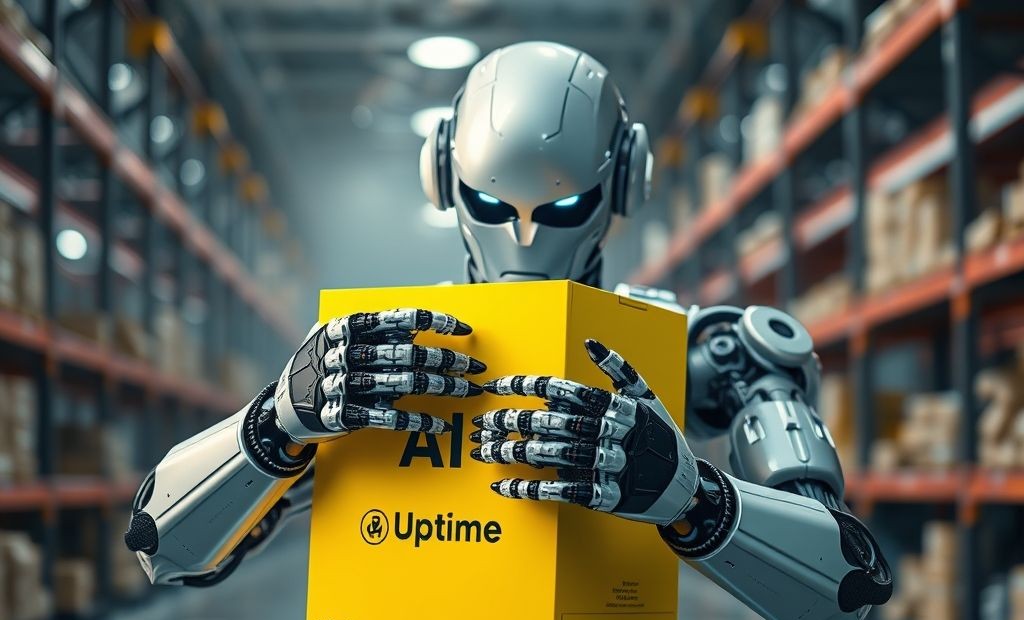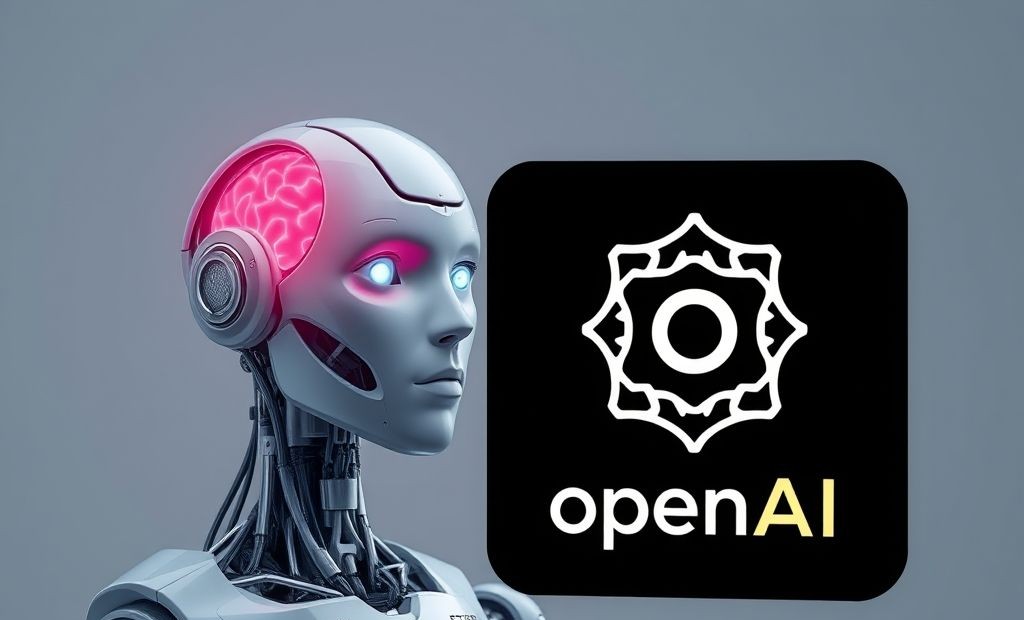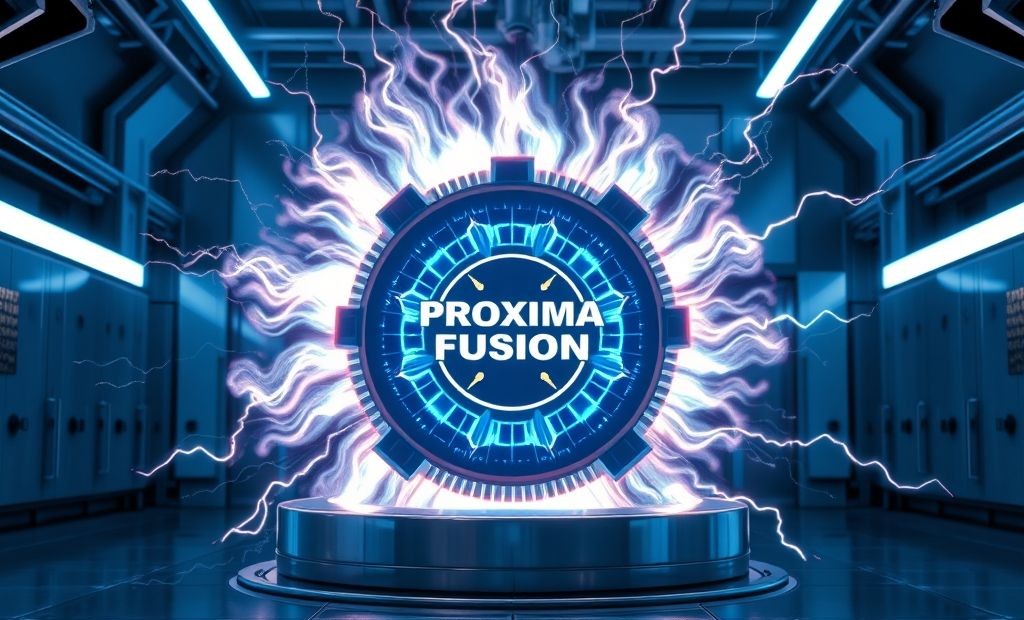Pinterest’s New AI Feature: Shoppable Catalog Collages
Pinterest is rolling out a new AI-powered feature that allows advertisers to transform their product catalogs into engaging, shoppable collages. This innovative tool aims to simplify ad creation and boost user engagement by making the advertising process more visually appealing and efficient.
How the AI Tool Works
The new AI capability automates the process of creating visually appealing collages from existing product catalogs. Advertisers can now effortlessly generate dynamic ad formats that highlight multiple products in a cohesive and attractive manner. This is a significant upgrade, streamlining the ad creation workflow and potentially increasing ad performance.
Benefits for Advertisers
Here are some key benefits that advertisers can expect from this AI-driven feature:
- Simplified Ad Creation: Reduce the time and effort required to produce high-quality ad creatives.
- Enhanced Visual Appeal: Create visually stunning collages that capture user attention.
- Increased Engagement: Drive higher click-through rates and conversions with more engaging ad formats.
- Improved Efficiency: Automate the ad creation process, freeing up resources for other marketing activities.
The Impact on E-commerce
This new feature has the potential to significantly impact e-commerce businesses using Pinterest as an advertising platform. By making it easier to create compelling ads, Pinterest is empowering businesses to showcase their products more effectively and drive sales. This could lead to increased advertising revenue for Pinterest and better results for advertisers.

